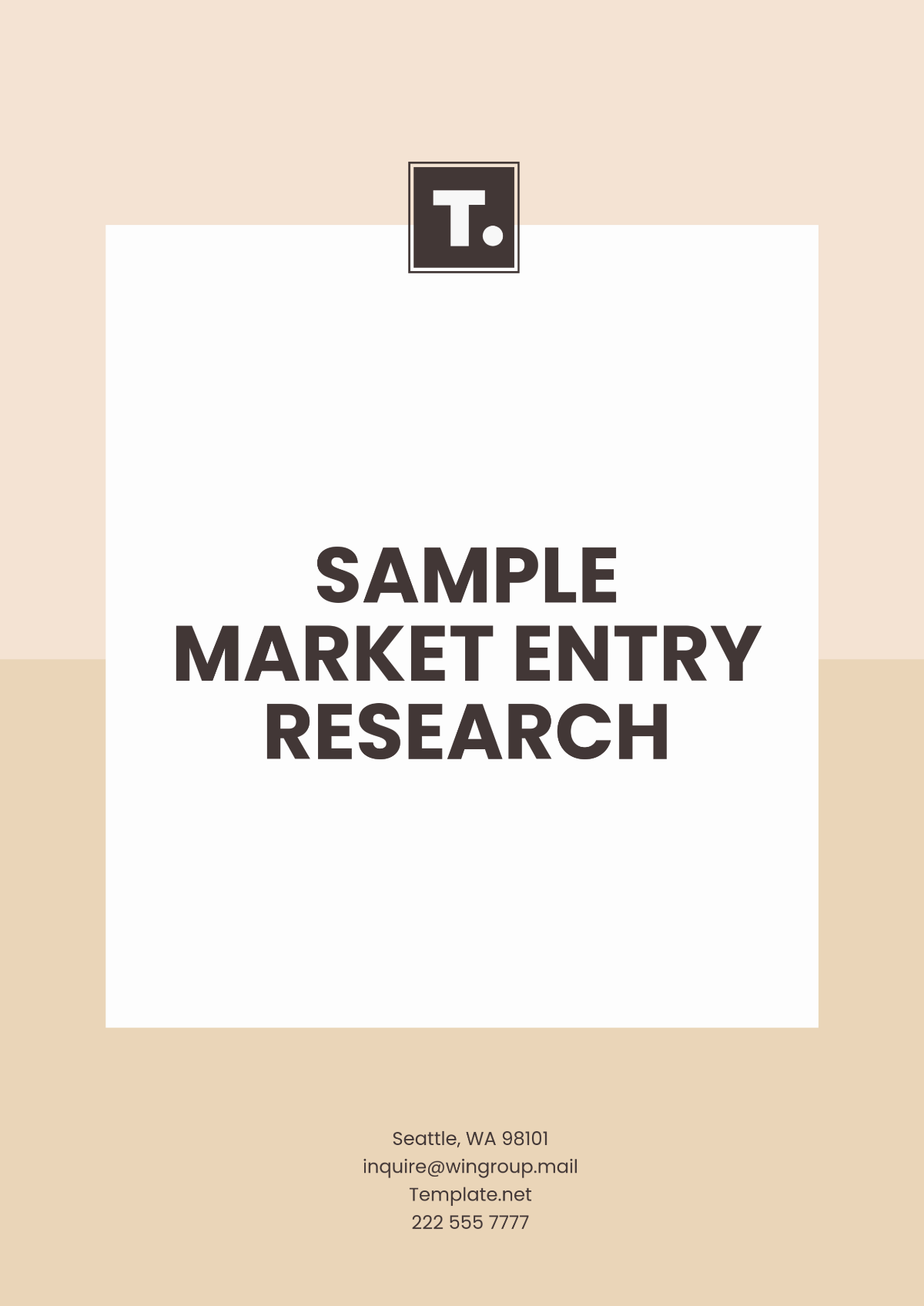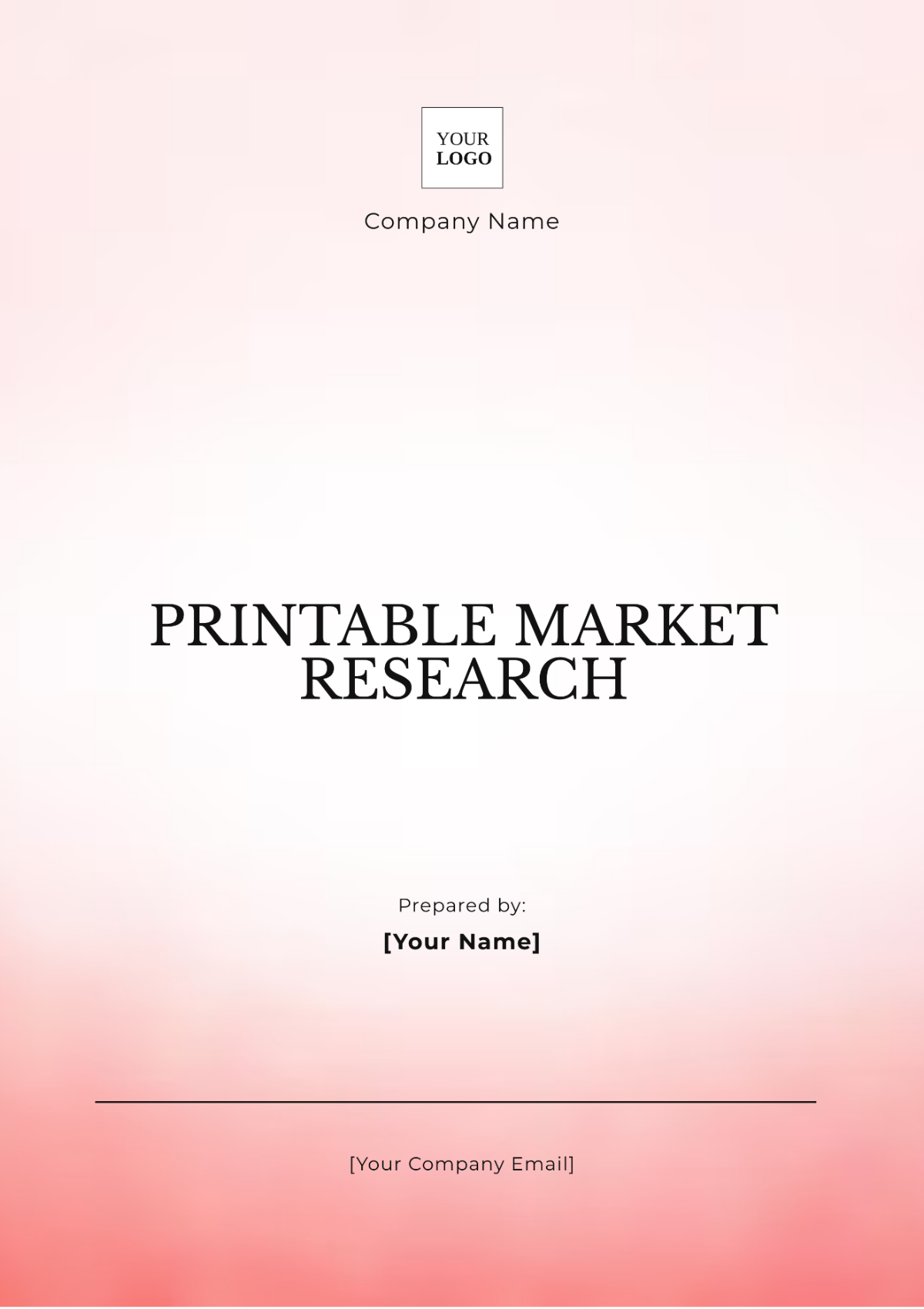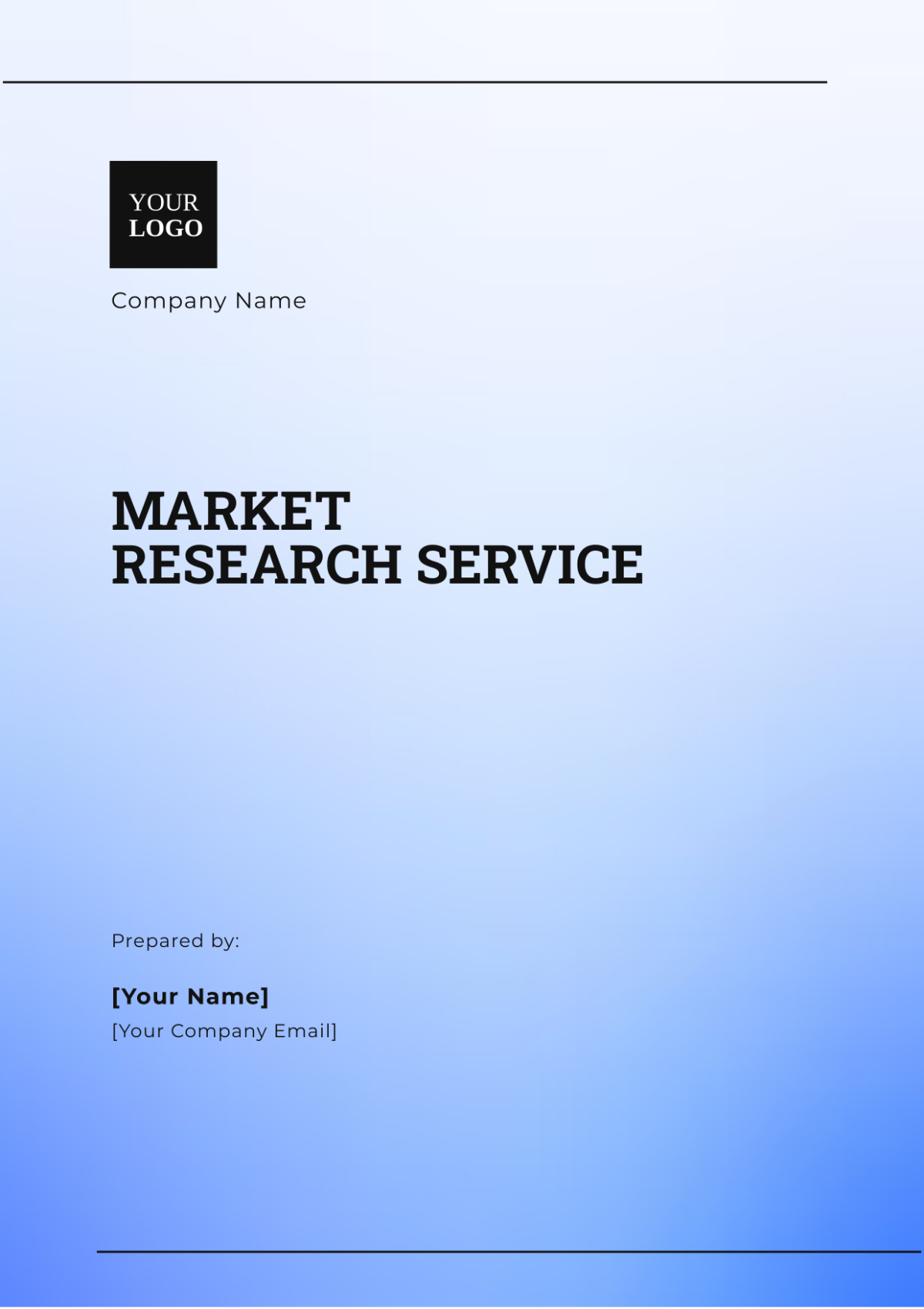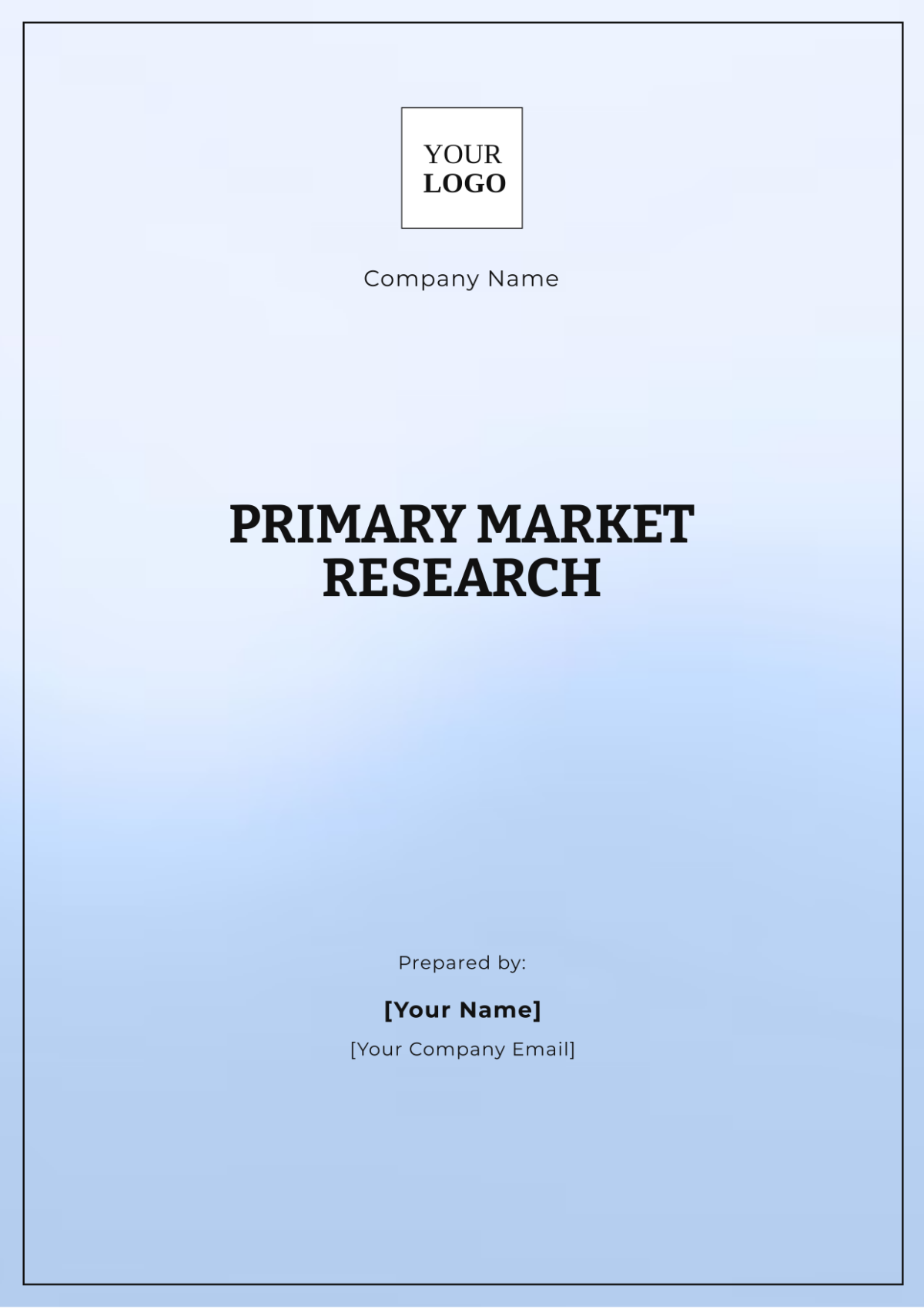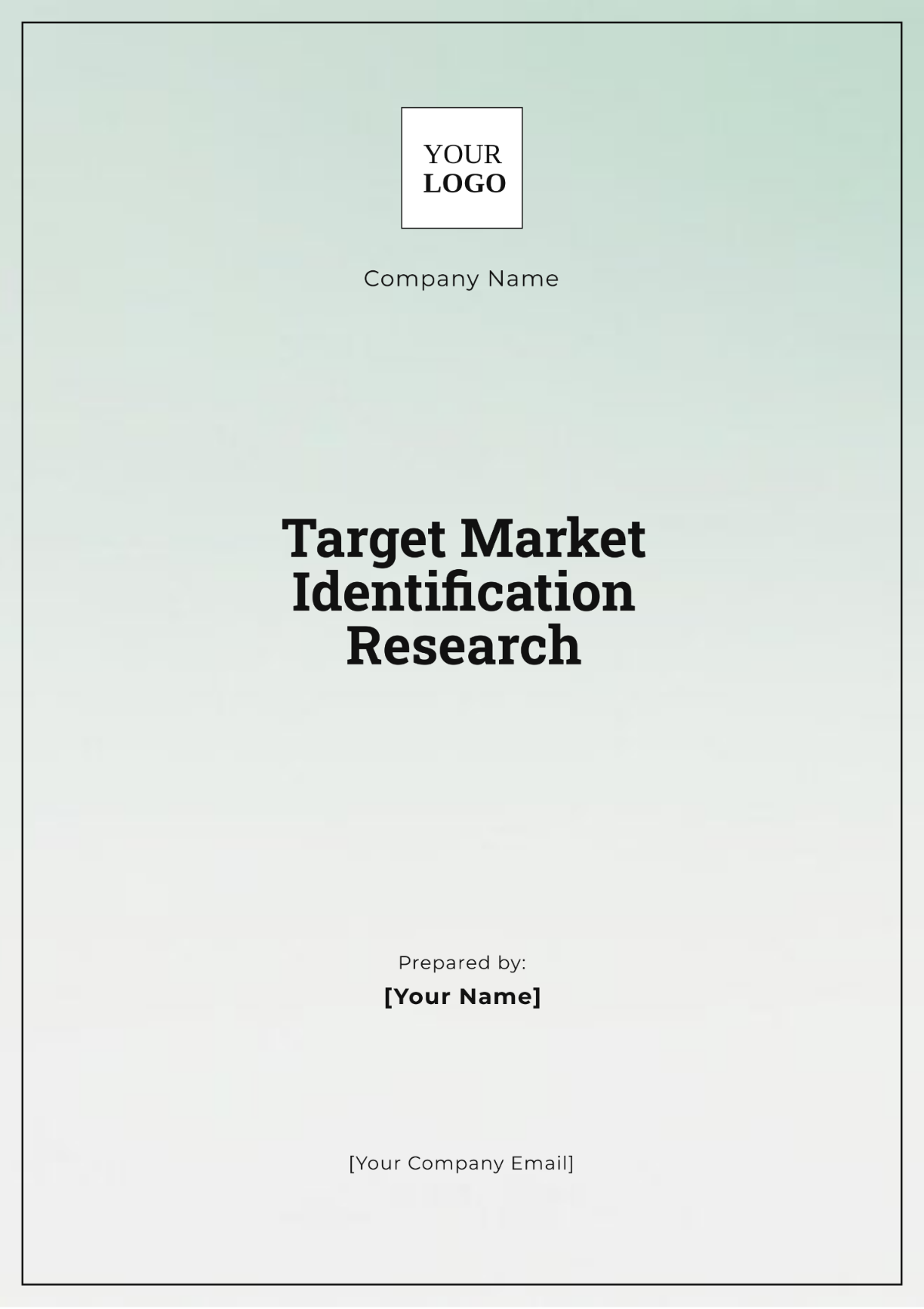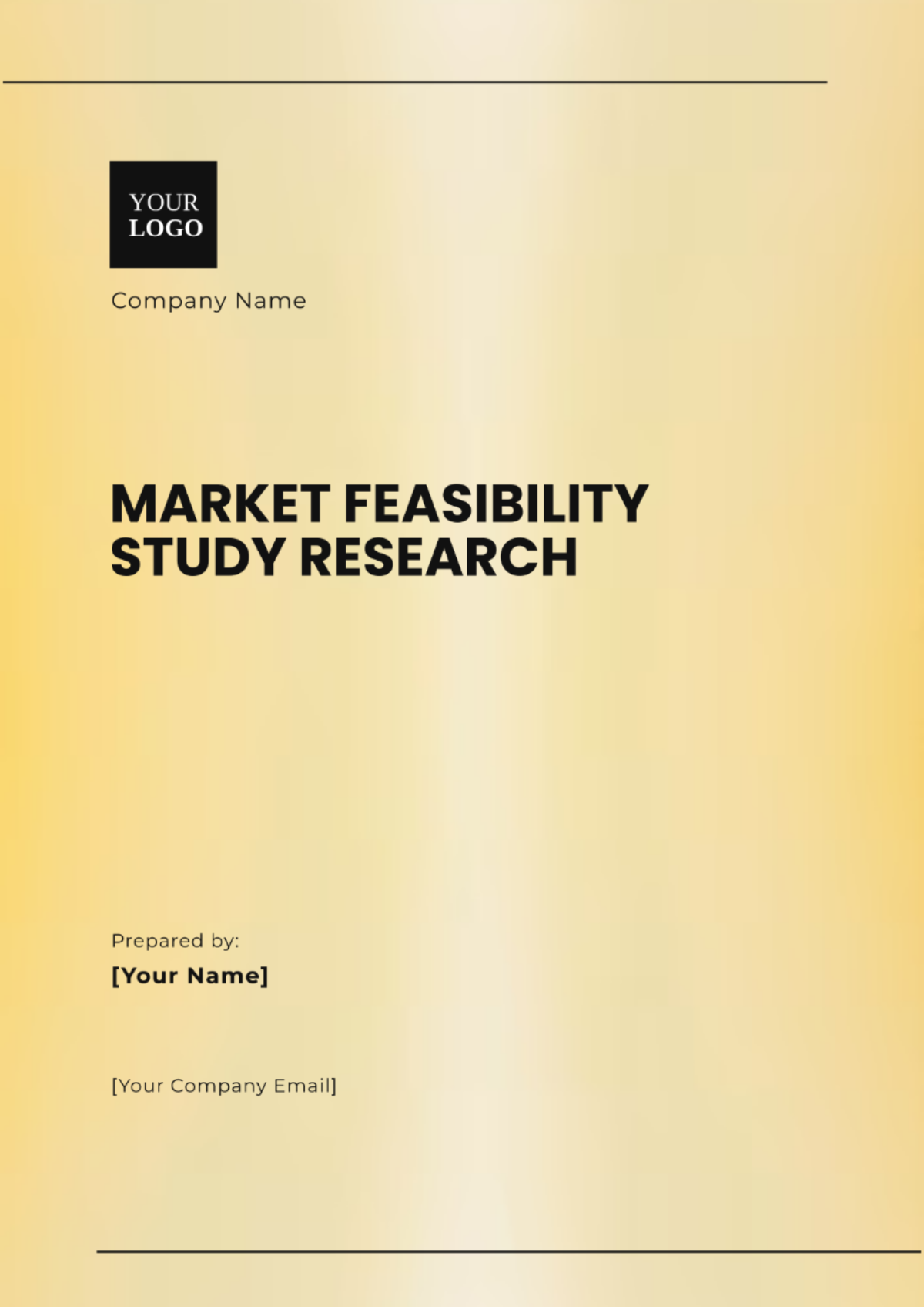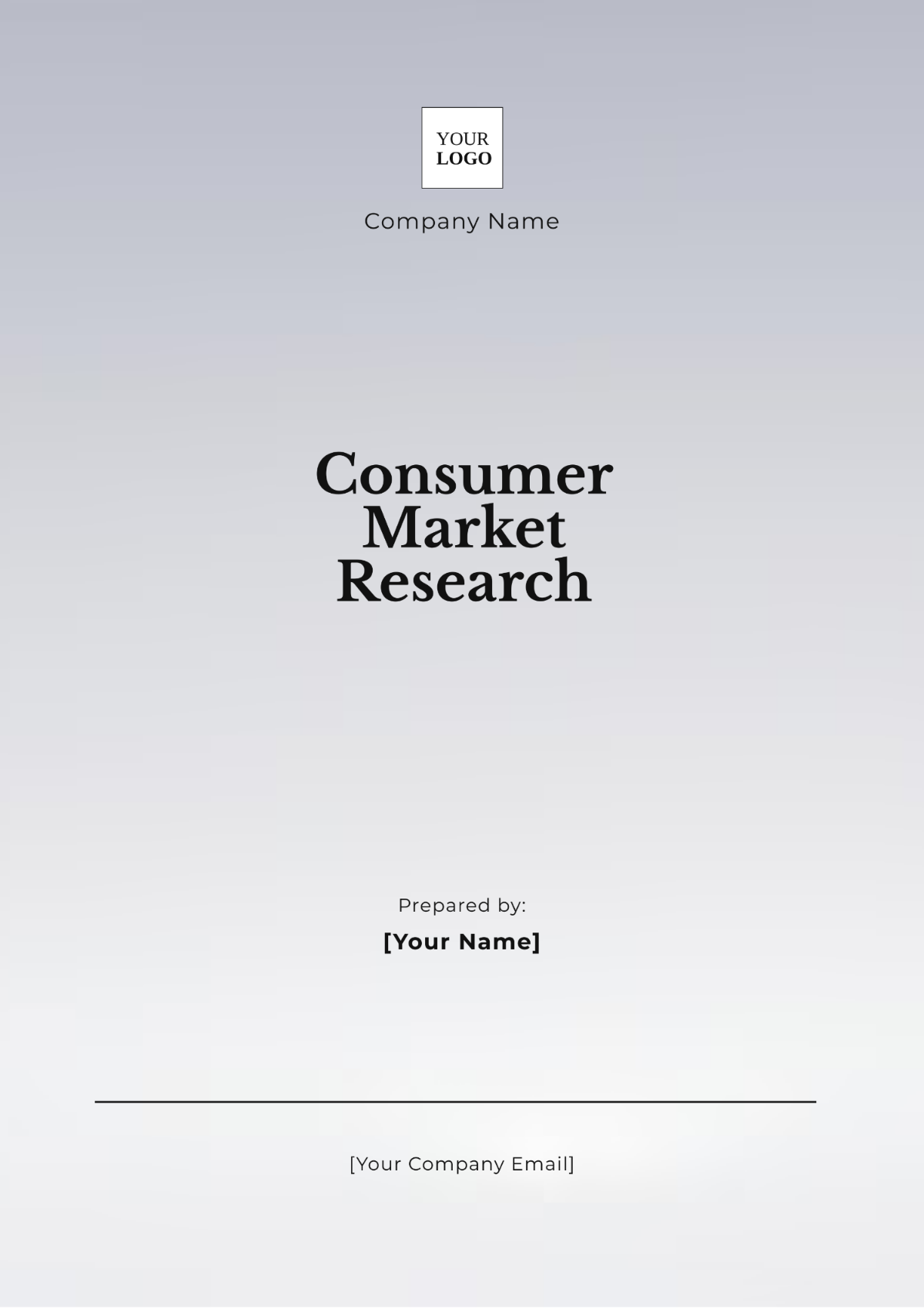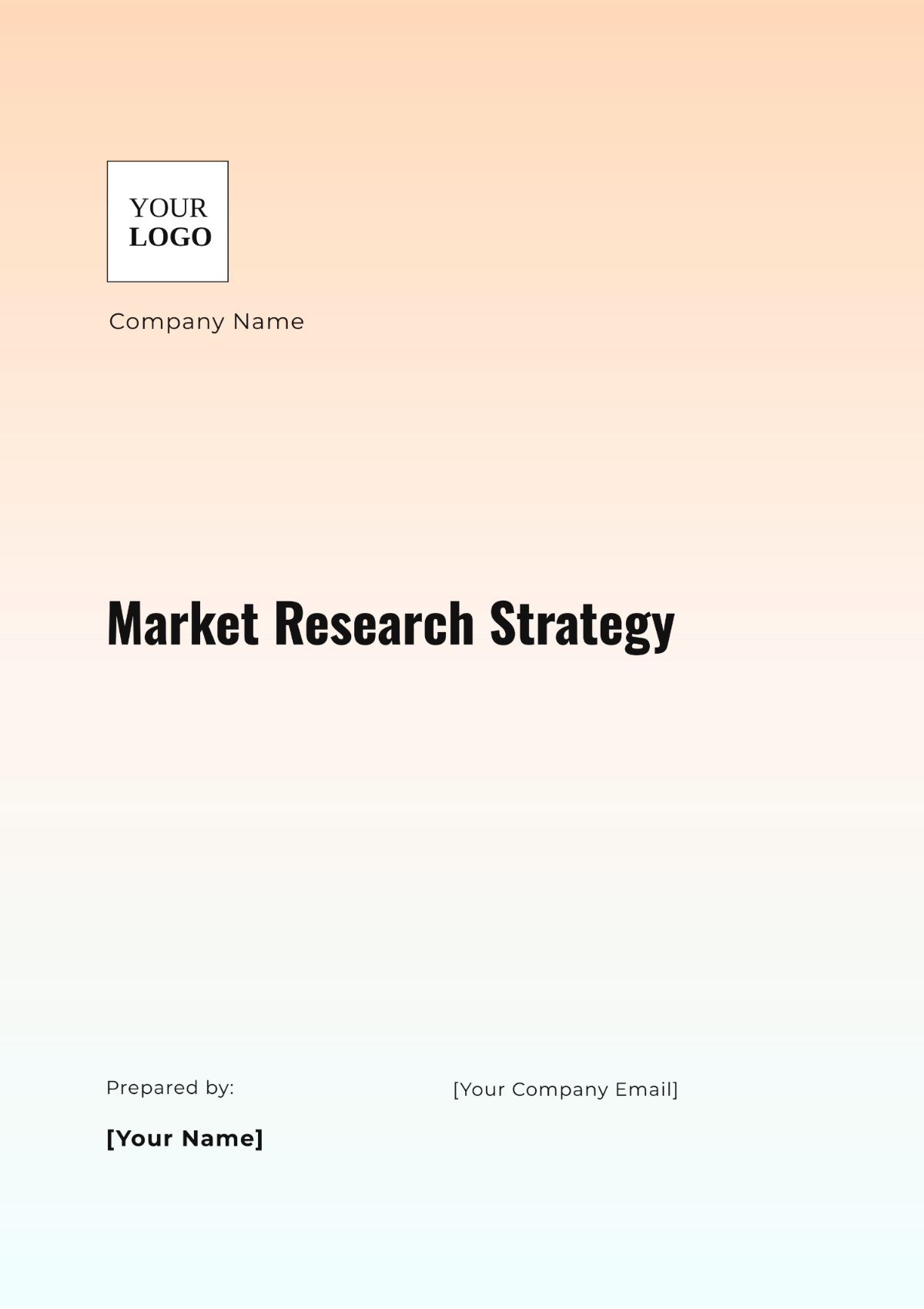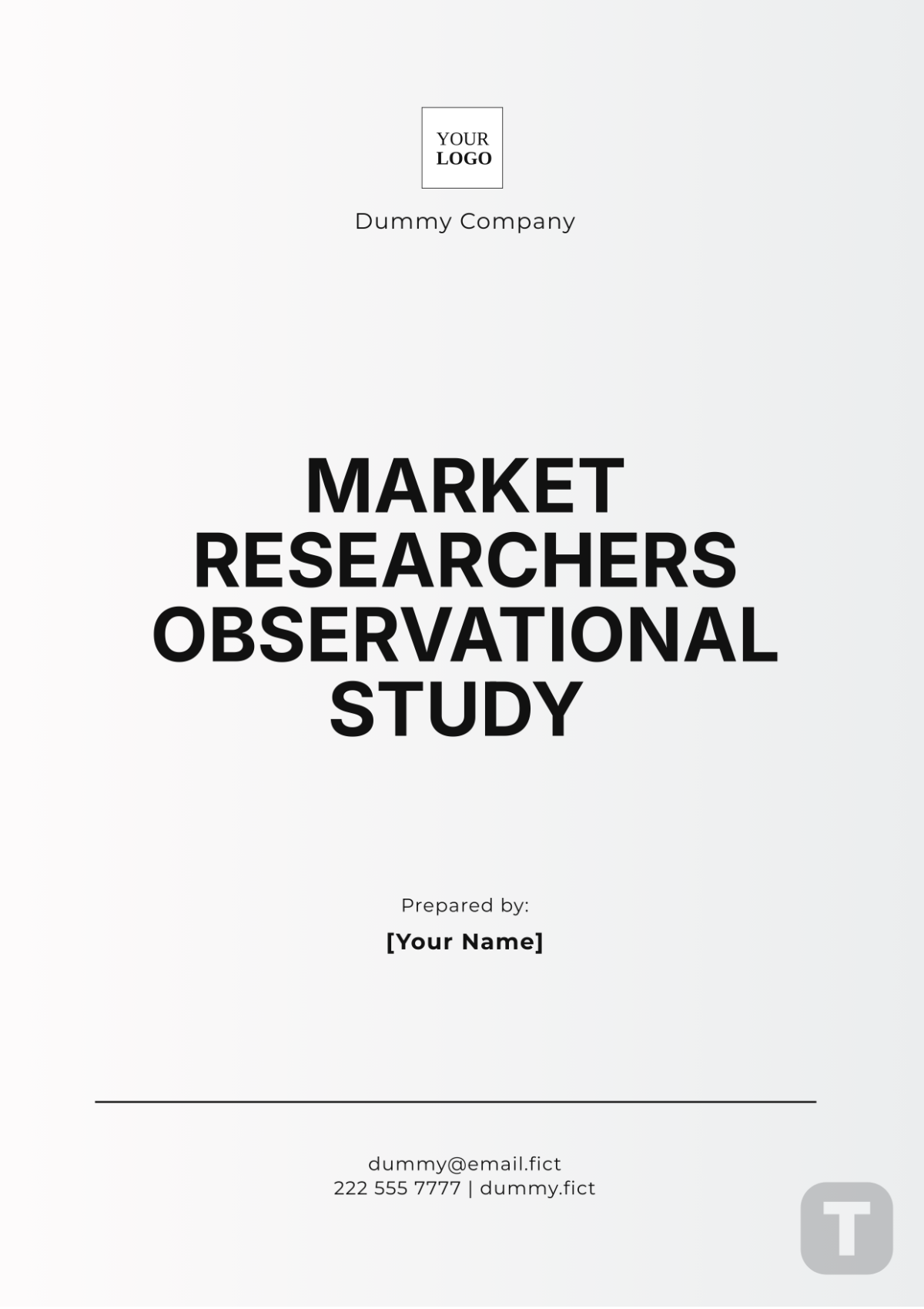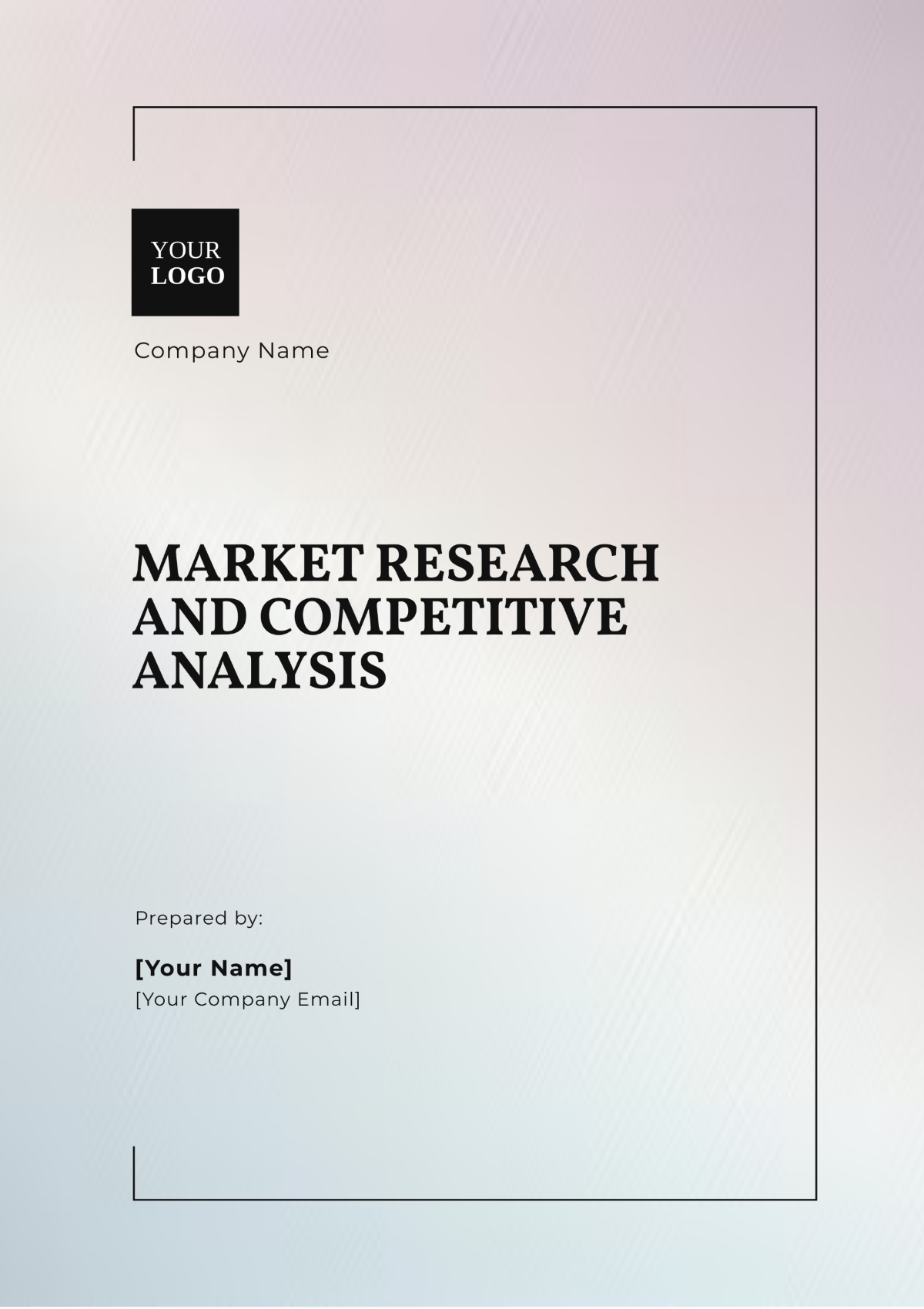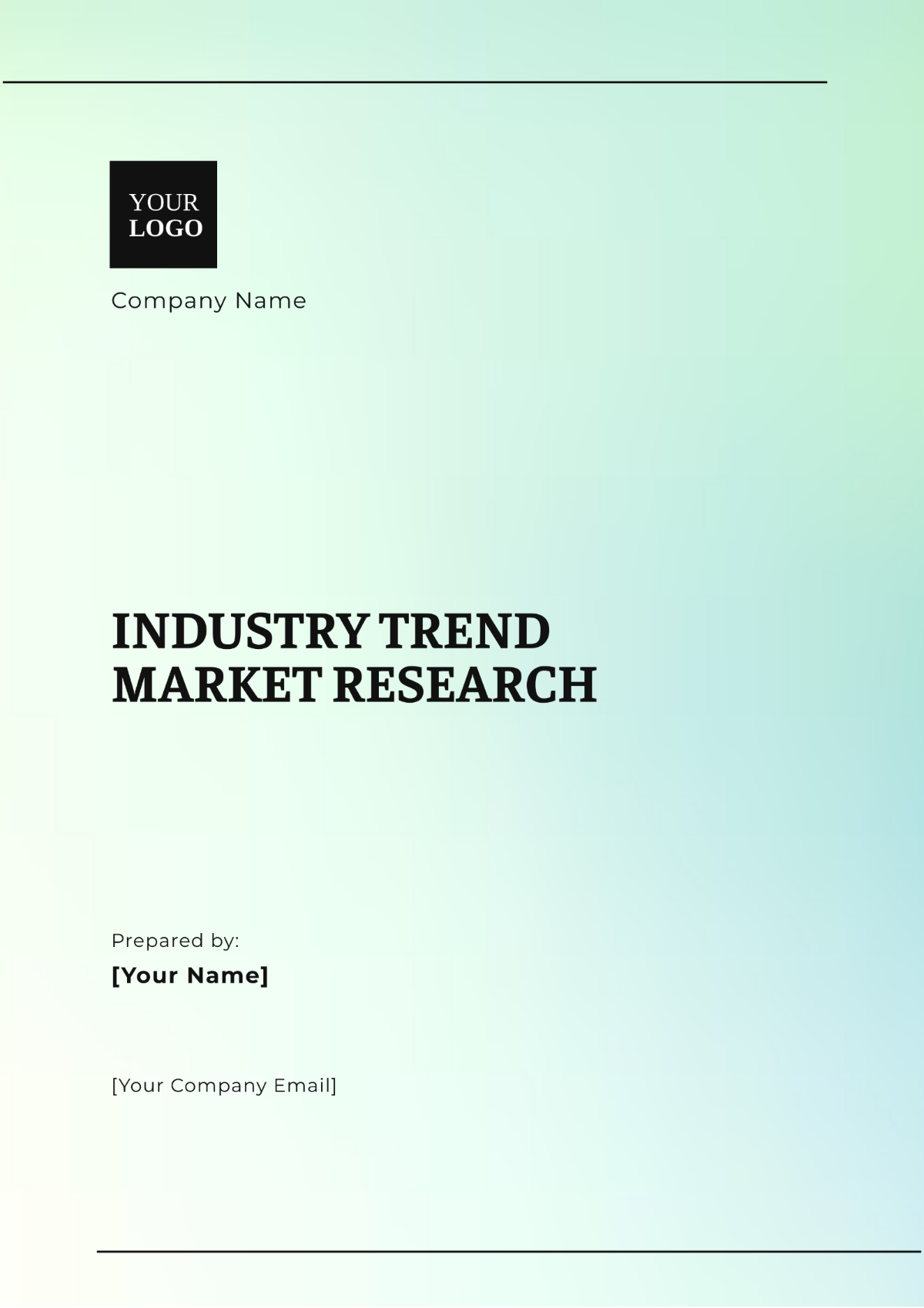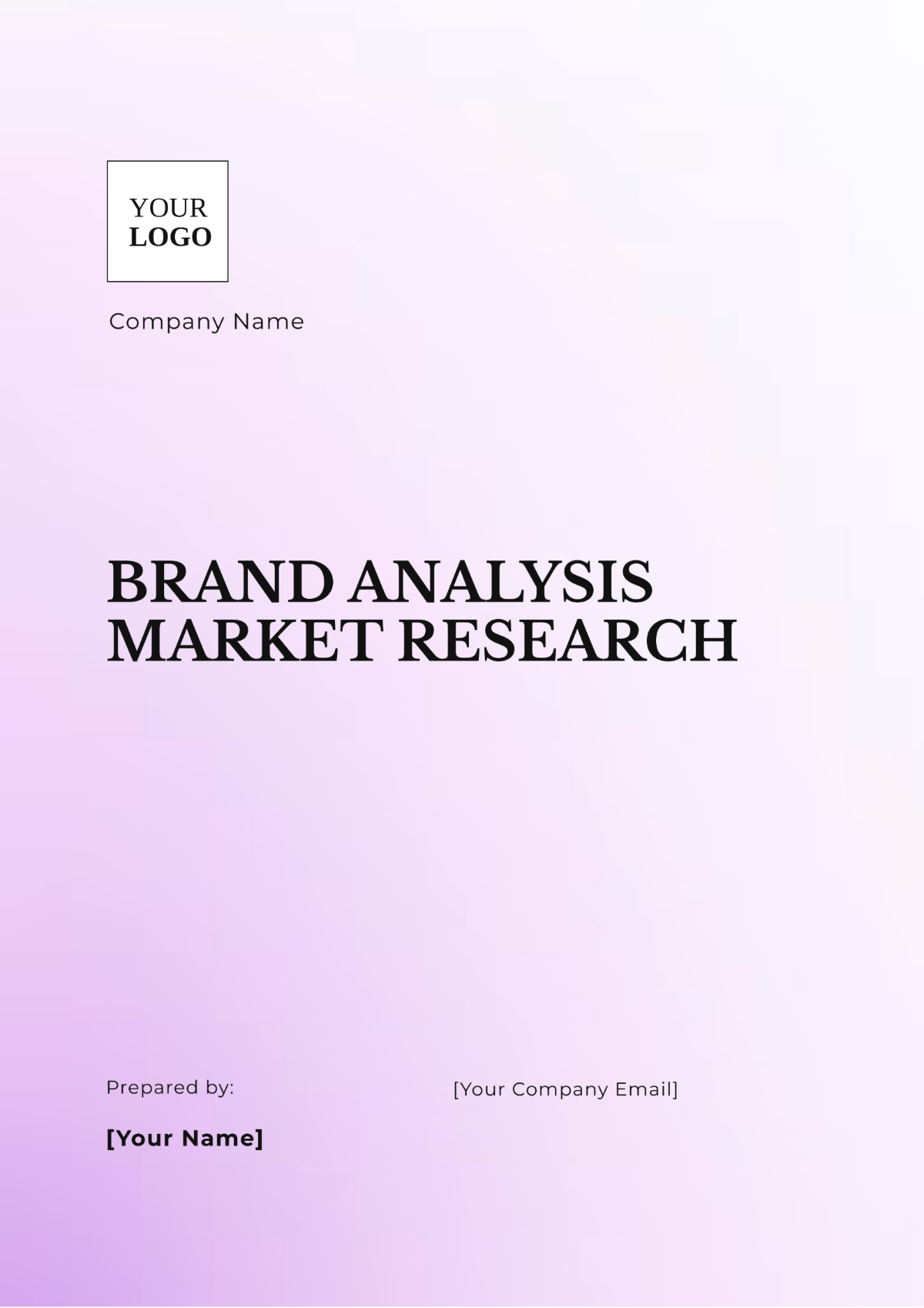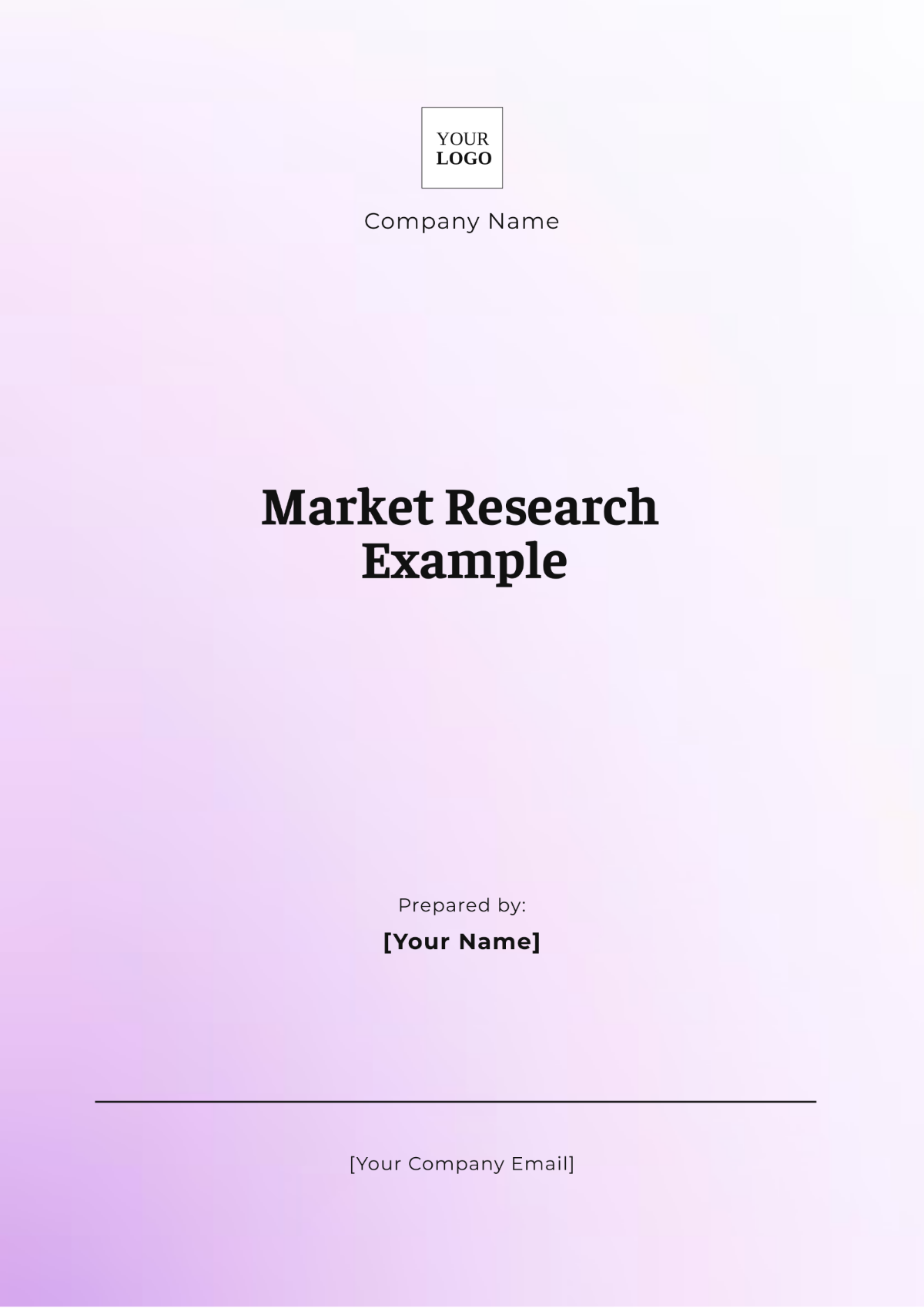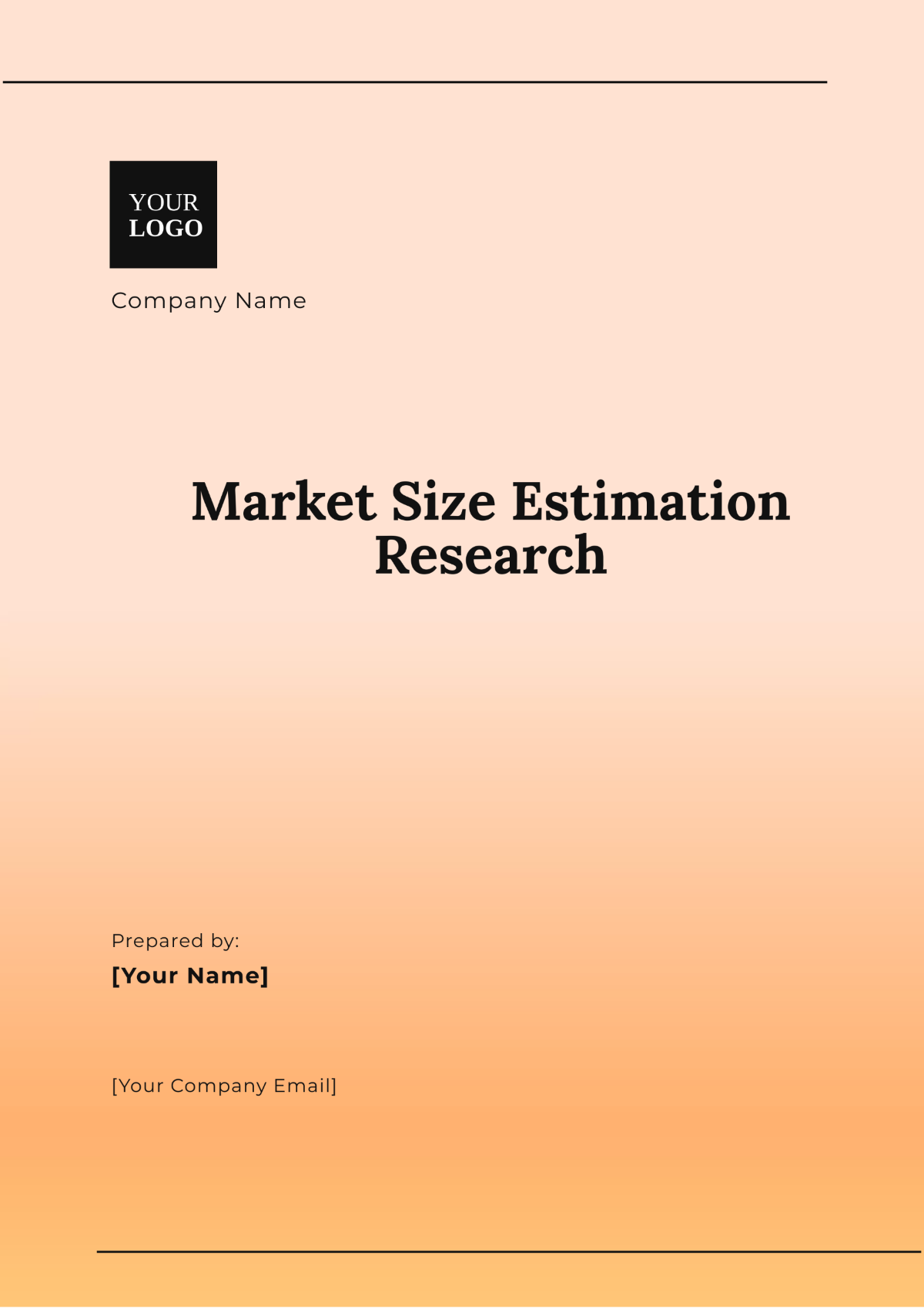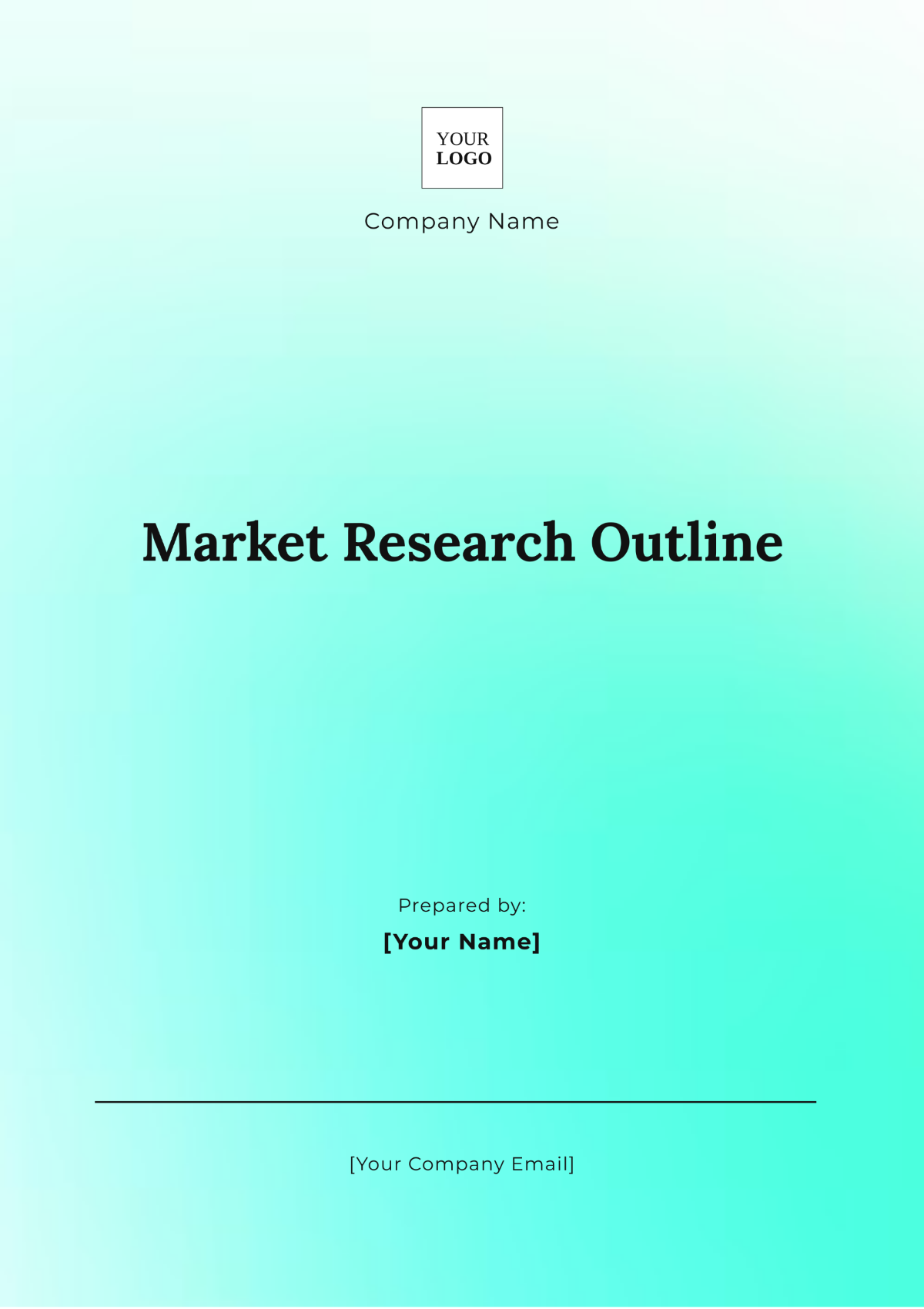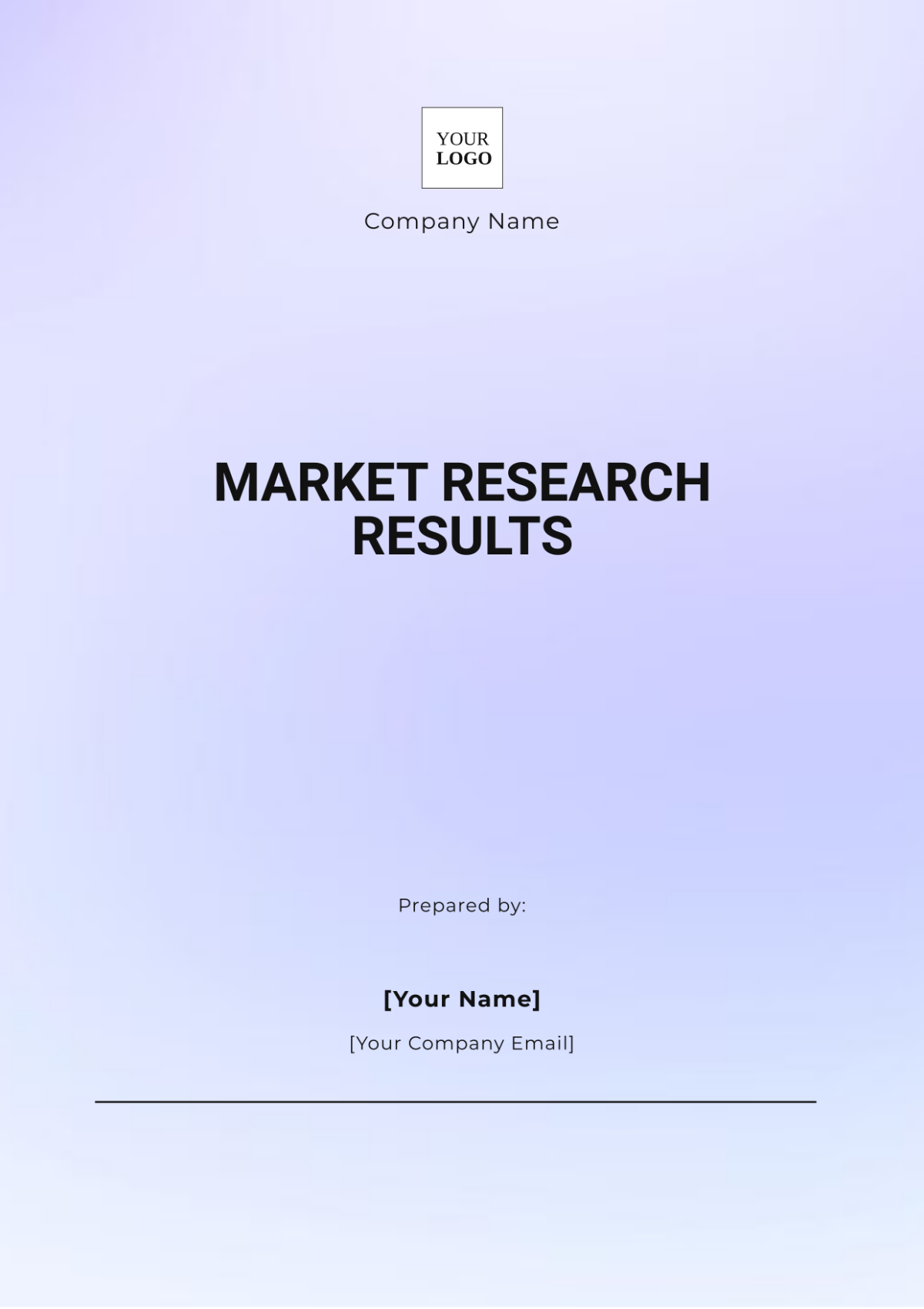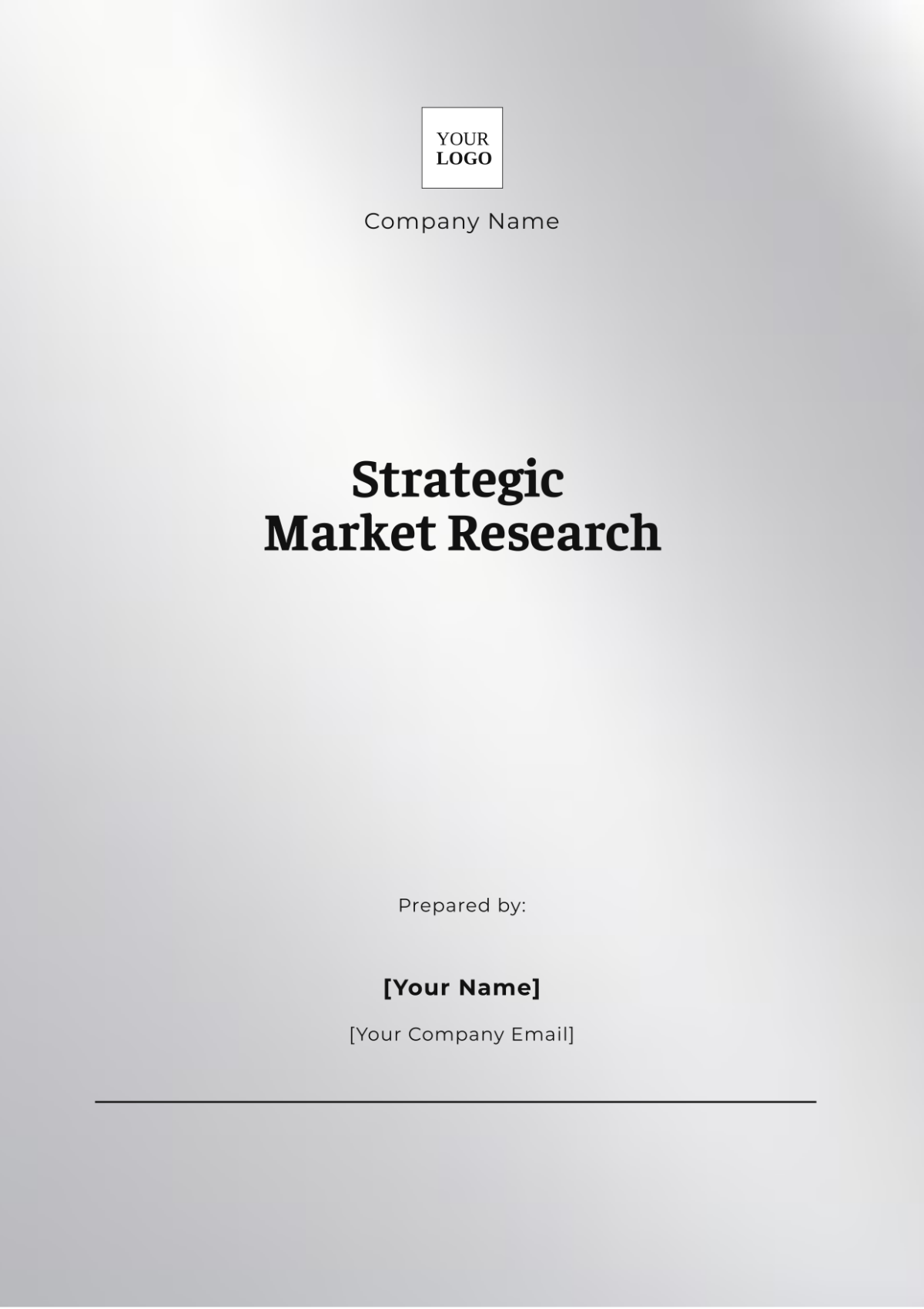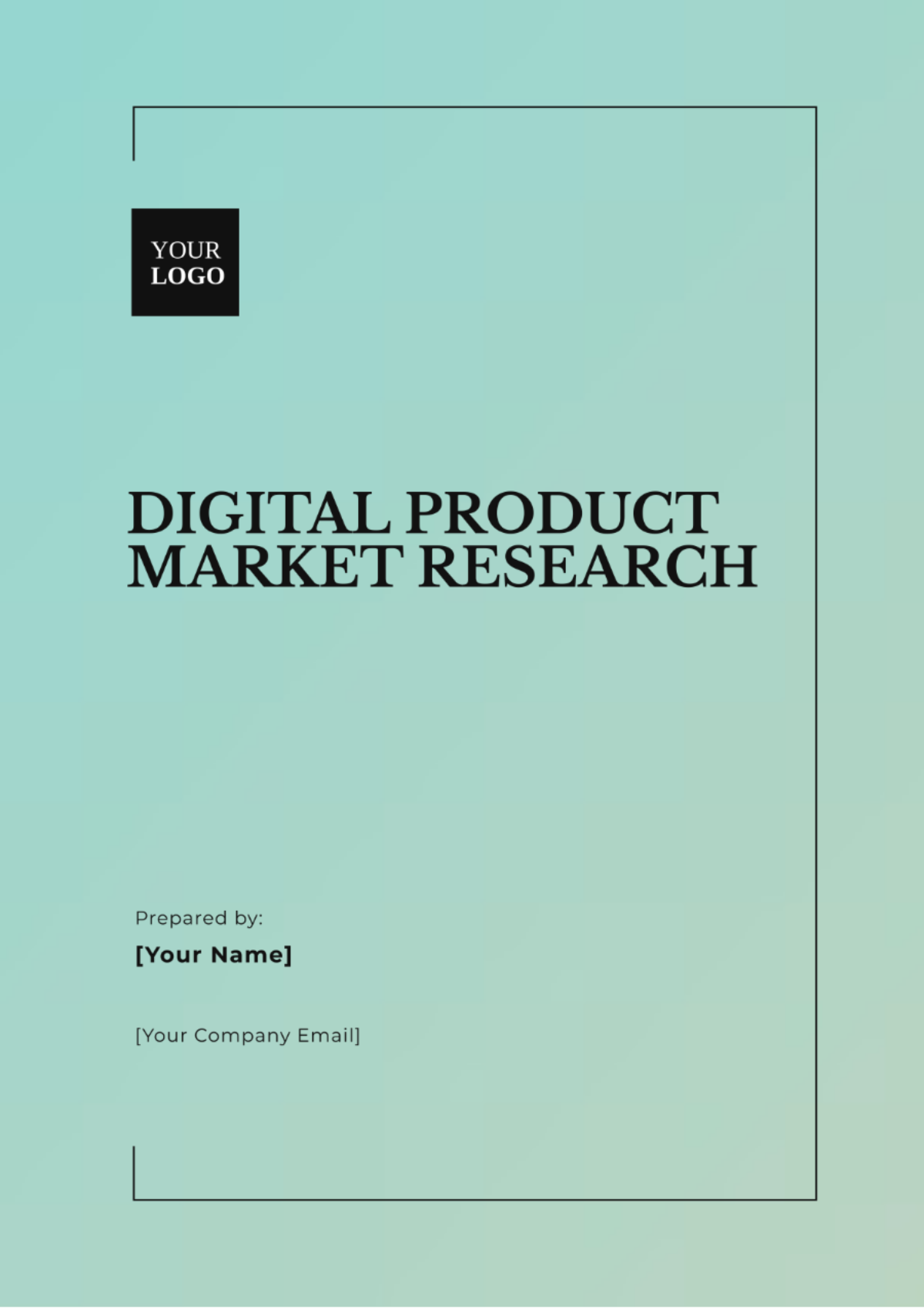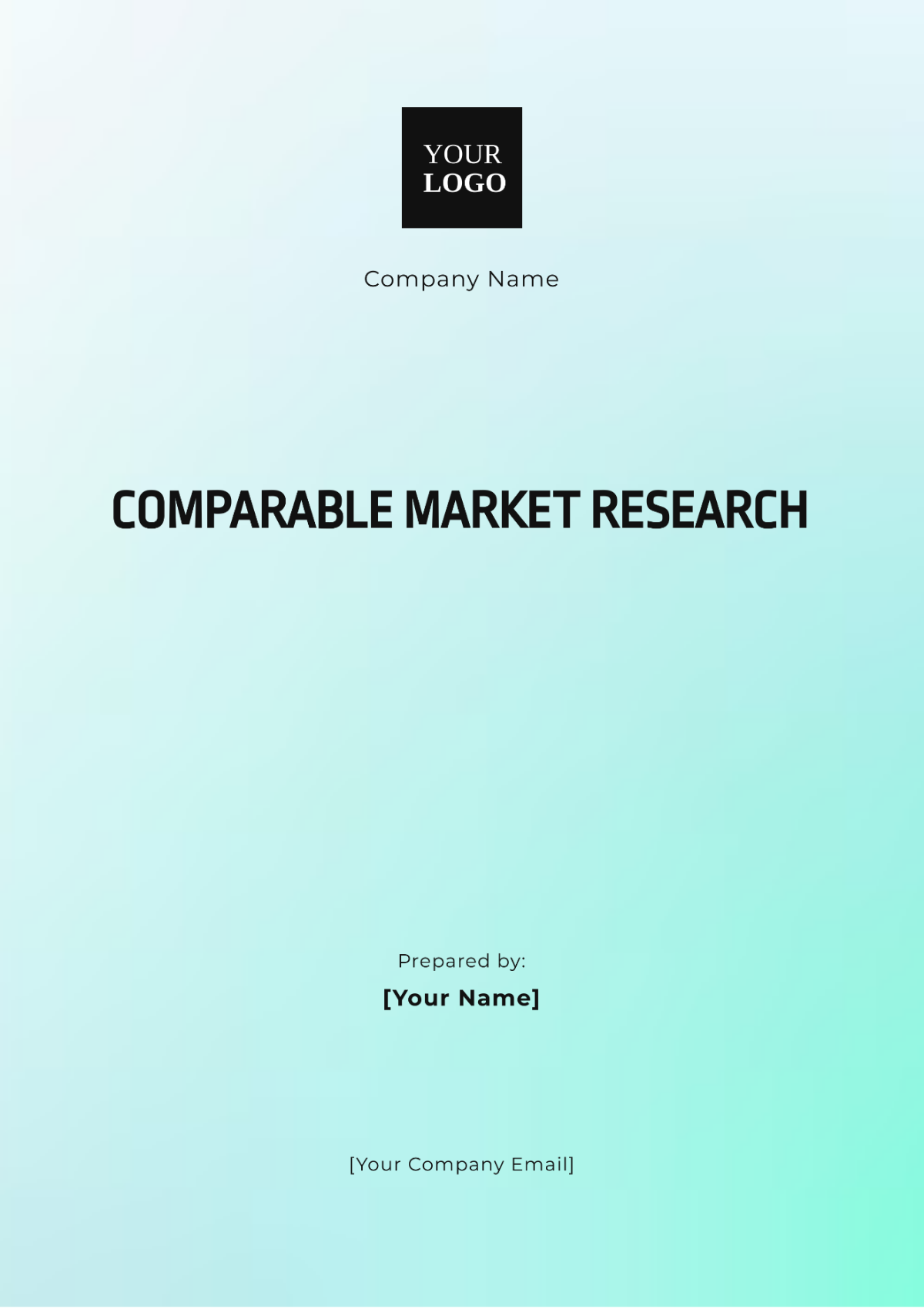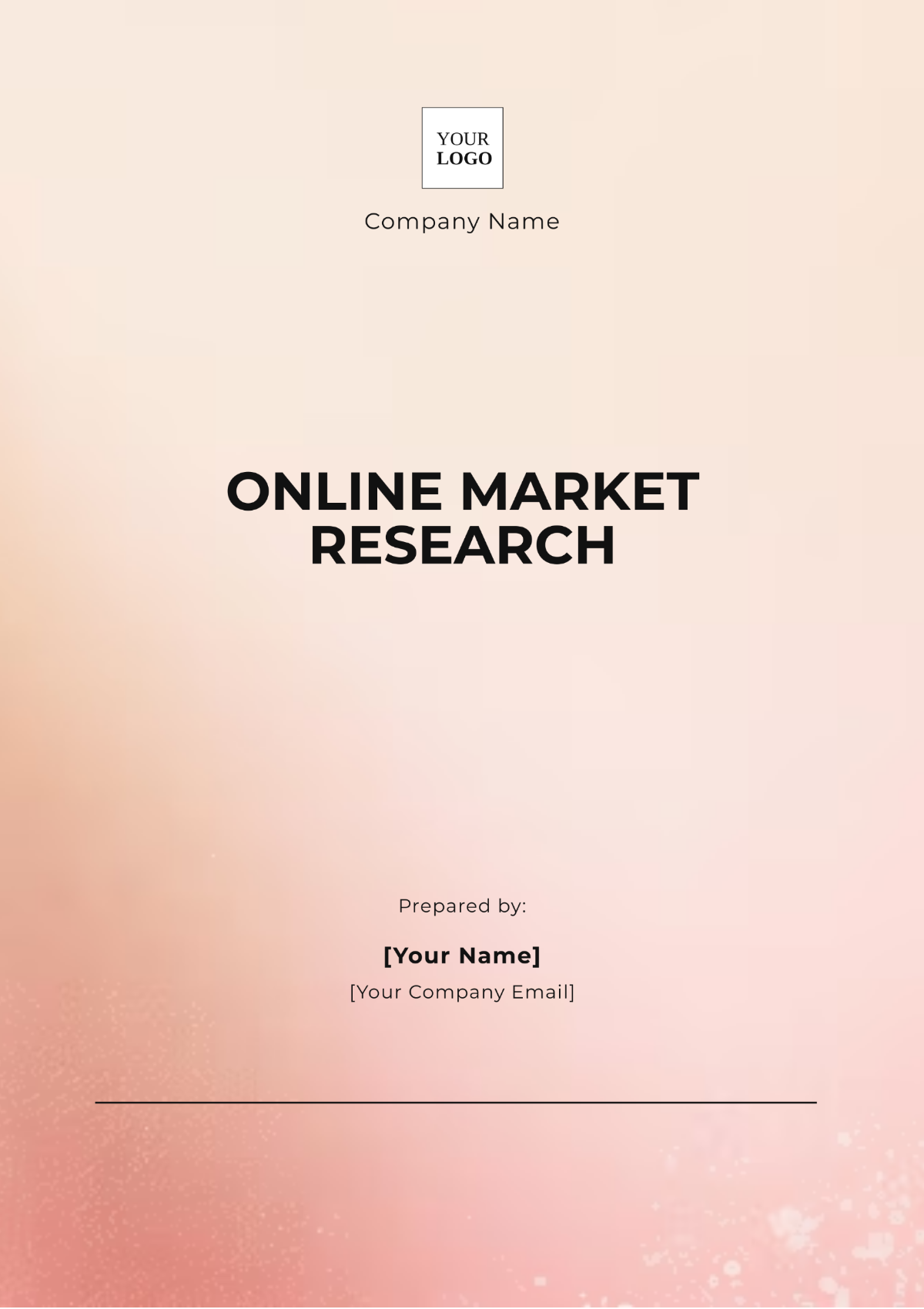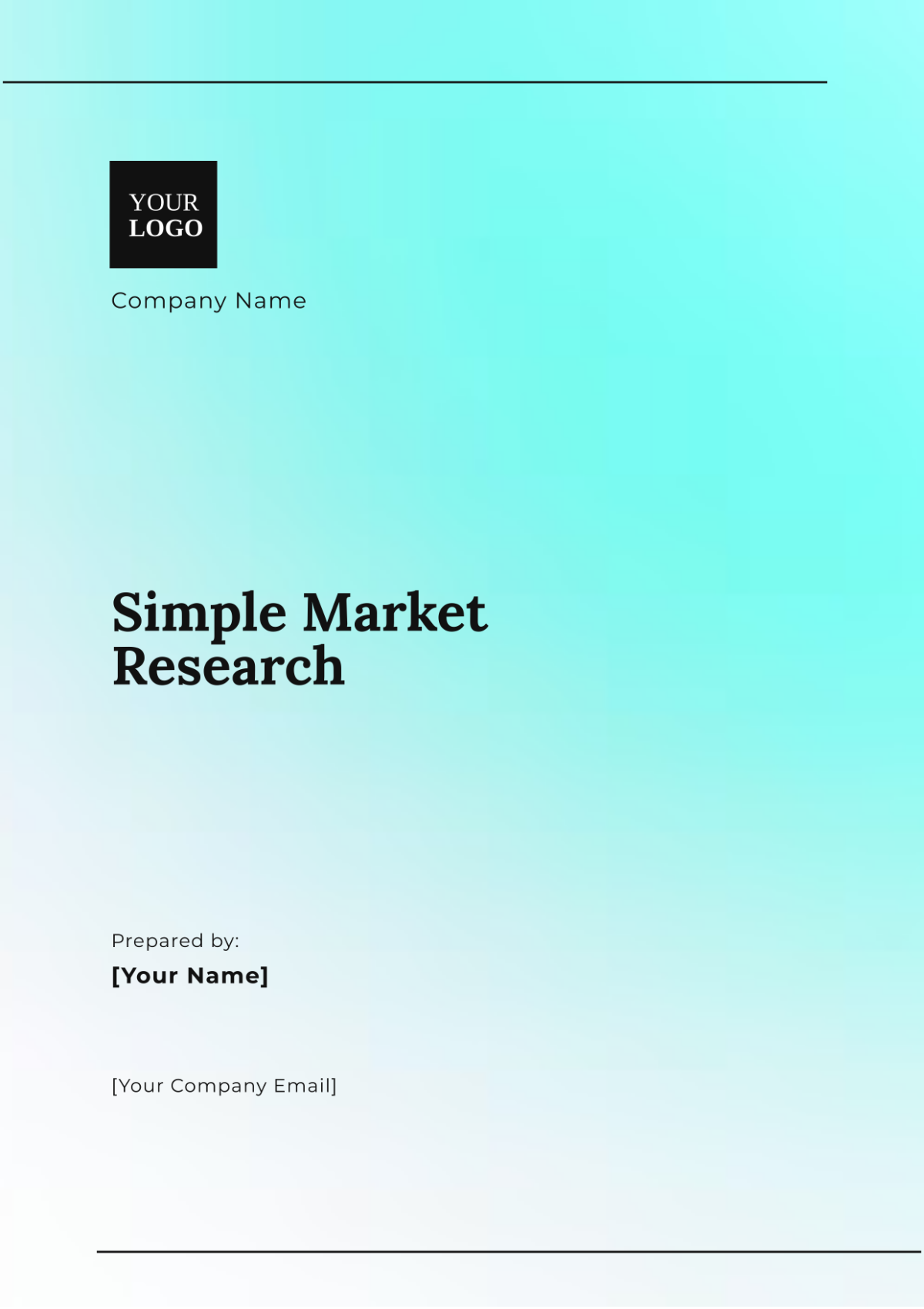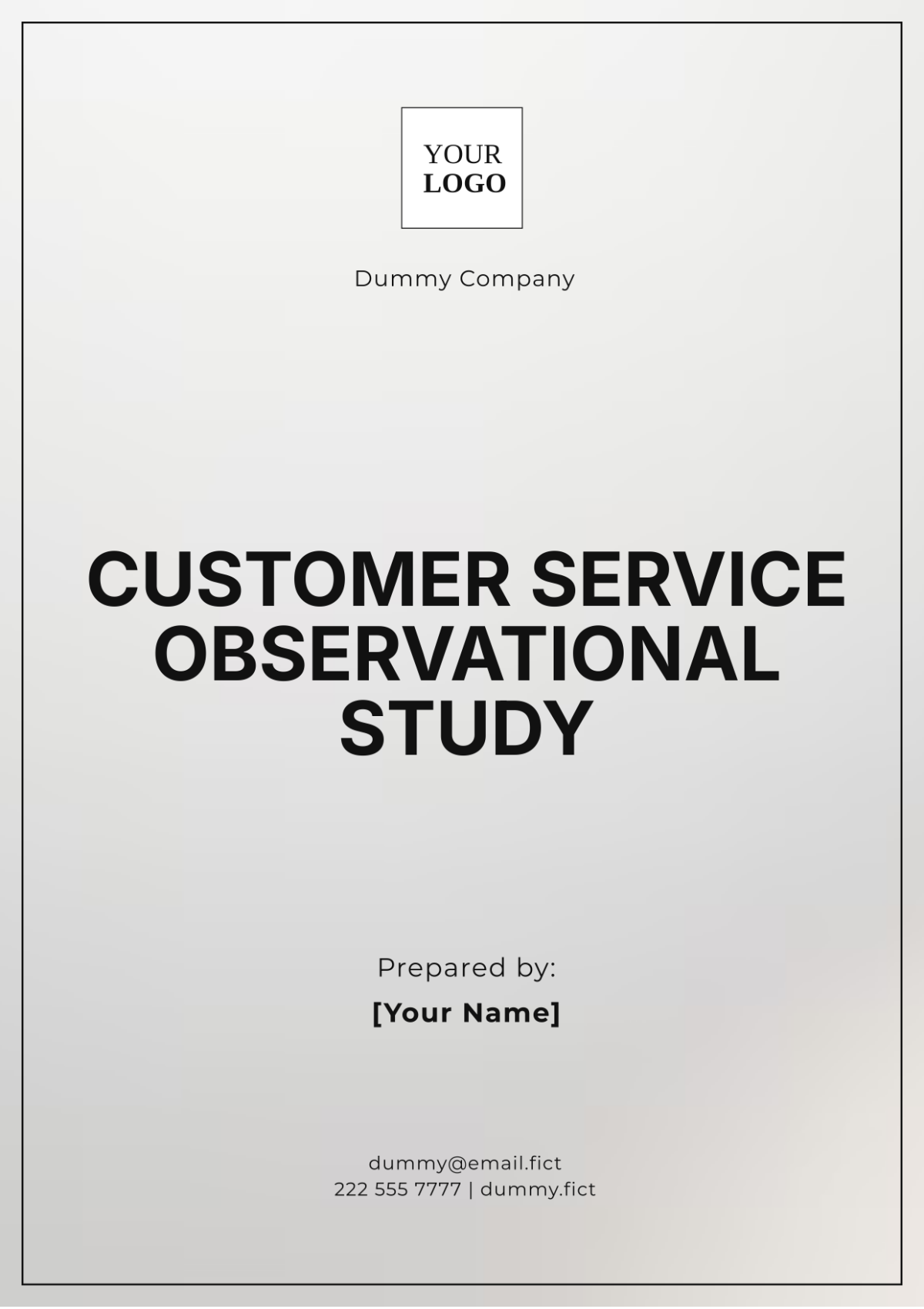Predictive Analytics Market Research
Prepared by: [Your Name]
Date: May 19, 2050
I. Summary/Introduction
Predictive analytics is an essential component of data science that utilizes historical data, statistical algorithms, and machine-learning techniques to predict future events and trends.
As of May 19, 2050, the predictive analytics market has experienced remarkable growth, becoming integral to strategic decision-making across various sectors. This research explores the current state of the predictive analytics market, highlighting key trends, market drivers, challenges, and future projections.
II. Market Overview
A. Definition and Scope
Predictive analytics encompasses methods and techniques used to forecast future outcomes by analyzing historical and current data. It involves tools and algorithms for data mining, statistical analysis, and machine learning, focusing on applications such as financial forecasting, risk assessment, customer behavior analysis, and operational efficiency.
B. Market Size and Growth
In 2050, the global predictive analytics market is valued at approximately $150 billion. It is anticipated to grow at a compound annual growth rate (CAGR) of 22% from 2050 to 2070, reflecting the growing adoption of data-driven strategies across industries.
Market Size and Growth Forecast (2050-2070)
Year | Market Size (USD Billion) | CAGR (%) |
|---|---|---|
2050 | 75 | 18 |
2055 | 100 | 20 |
2060 | 125 | 21 |
2065 | 150 | 22 |
2070 | 200 | 22 |
III. Key Market Trends
A. Technological Advancements
Artificial Intelligence (AI) and Machine Learning (ML): Enhanced predictive capabilities and real-time analytics through advanced AI and ML technologies.
Big Data Analytics: Utilization of vast datasets to improve the accuracy of predictive models.
Cloud Computing: Growth of cloud-based predictive analytics platforms, offering scalable and cost-effective solutions.
B. Industry Adoption
Healthcare: Application of predictive analytics in patient care, treatment plans, and operational management.
Retail: Use for inventory management, personalized marketing, and customer behavior forecasting.
Finance: Employed for fraud detection, credit scoring, and risk management.
IV. Regional Analysis
A. North America
North America dominates the predictive analytics market, holding around 45% of the global market share. High technological adoption and advanced infrastructure contribute to its leading position.
B. Europe
Europe is the second-largest market, with growth driven by increasing investments in technology and analytics.
C. Asia-Pacific
Rapid expansion in the Asia-Pacific region is fueled by the IT sector's growth, rising data generation, and increasing adoption in countries like China and India.
Regional Market Share (2050)
V. Market Drivers and Challenges
A. Market Drivers
Increased Data Generation: More comprehensive datasets available for predictive modeling.
Technological Innovations: Advancements in AI, ML, and cloud technologies driving the development of sophisticated predictive models.
Growing Demand for Data-Driven Decision Making: Higher reliance on predictive analytics for strategic planning and operational efficiency.
B. Market Challenges
Data Privacy and Security Concerns: Ensuring the protection of sensitive data remains a critical issue.
High Implementation Costs: Significant investment required for deploying predictive analytics technologies.
Skill Shortage: Lack of skilled professionals in predictive analytics and data science.
VI. Competitive Landscape
A. Major Players
IBM Corporation: Renowned for its extensive analytics solutions and AI capabilities.
SAS Institute Inc.: Prominent in analytics and business intelligence, offering a wide range of predictive tools.
Microsoft Corporation: Provider of cloud-based predictive analytics through Azure.
B. Market Share Distribution
Market Share of Major Players (2050)
Company | Market Share (%) |
|---|---|
IBM Corporation | 25 |
SAS Institute Inc. | 20 |
Microsoft Corporation | 18 |
Others | 37 |
VII. Future Outlook and Projections
A. Emerging Trends
Integration with Internet of Things (IoT): Enhanced real-time insights through the combination of predictive analytics and IoT data.
Advancements in Quantum Computing: Potential for groundbreaking improvements in predictive analytics due to increased computational capabilities.
B. Market Projections
The predictive analytics market is forecasted to reach $200 billion by 2070, driven by continuous technological advancements and expanding use cases across industries.
VIII. Conclusion
The predictive analytics market is set for significant growth, with advancements in technology and increasing adoption driving future development. Organizations leveraging predictive analytics will be well-positioned to enhance their decision-making and operational efficiency.
For further information or inquiries, please contact [Your Company Name] at [Your Company Email].

